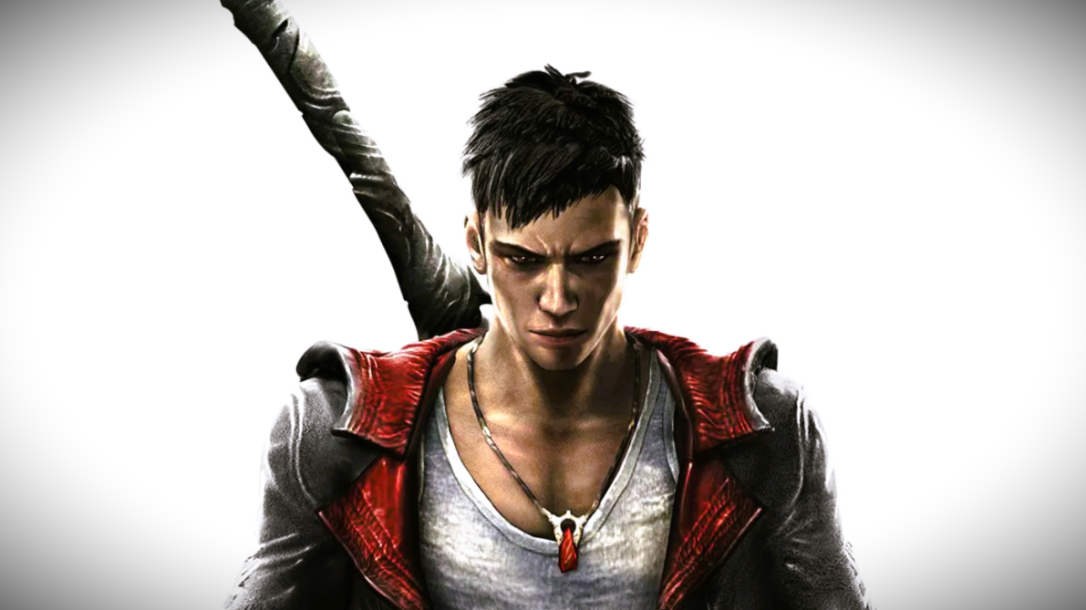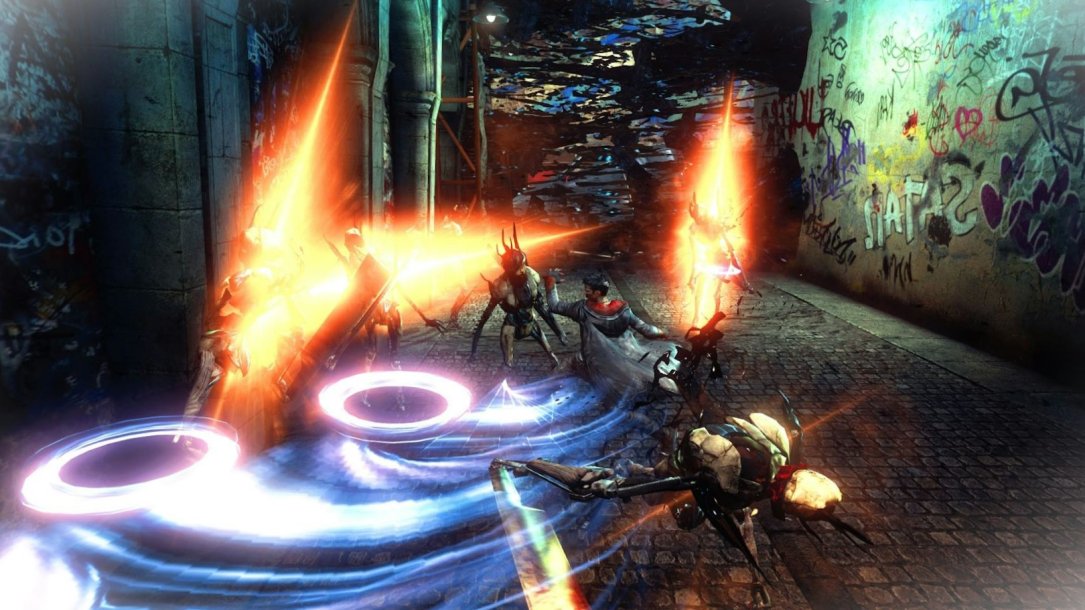
In January 2013, I played DmC: Devil May Cry on my PlayStation 3 and really liked it. The cool characters, unique art style, and fast-paced action made it worth the money. It was my first Devil May Cry game.
Back then, I wasn't online much, so I didn't realize I was in the minority. Despite good reviews, the game got a bad reputation because it changed things as a reboot of Capcom’s beloved franchise. Now, eleven years later, I feel justified in my love for the controversial reboot, and I think it deserves a second look.
In 2008, Capcom released Devil May Cry 4. Then the series took a break for five years. Capcom wanted to shake things up with its iconic action series, so they decided to do a complete reboot for the next entry. They chose British developer Ninja Theory, now known for Hellblade. At the time, they had made Heavenly Sword and Enslaved: Odyssey to the West, showcasing their talent in action combat, making them a good fit for Devil May Cry.
Ninja Theory took a new approach to Devil May Cry, breaking it down and building it up again. Fans had mixed reactions to the changes in characters and combat, but that's what makes DmC unique.
Even though DmC has a different look, it still carries the series' essence. Dante and Limbo City have a more English punk-inspired style, but they still feel true to the mainline series. Limbo City, designed to react to the player and challenge Dante, is a fantastic piece of design, leading to great set pieces and colorful combat arenas.

While some didn't like the story and characters, the combat is where the reboot excels. Like previous games, players control Dante in hack-n-slash combat with pistols and a sword. But Ninja Theory added its own touch with Angel and Devil Mode, making the combat stand out.
When you hold down the left or right trigger in DmC, it activates a special mode that completely changes how Dante fights. Angel Mode gives him a scythe for faster attacks, while Devil Mode switches to a slower but stronger axe. Angel Mode lets you grapple towards enemies, and Devil Mode pulls them towards Dante. Switching between these modes adds complexity and encourages players to maximize their combos, creating exciting and arcade-style action combat.
The latest game in the series, Devil May Cry 5 from 2019, goes back to the main story, but it doesn't take away what makes DmC good. In fact, there's a connection between the reboot and the 2019 version's combat—they both feel liberating and diverse. DmC is still worth revisiting for its unique combat, iconic characters, and world.
